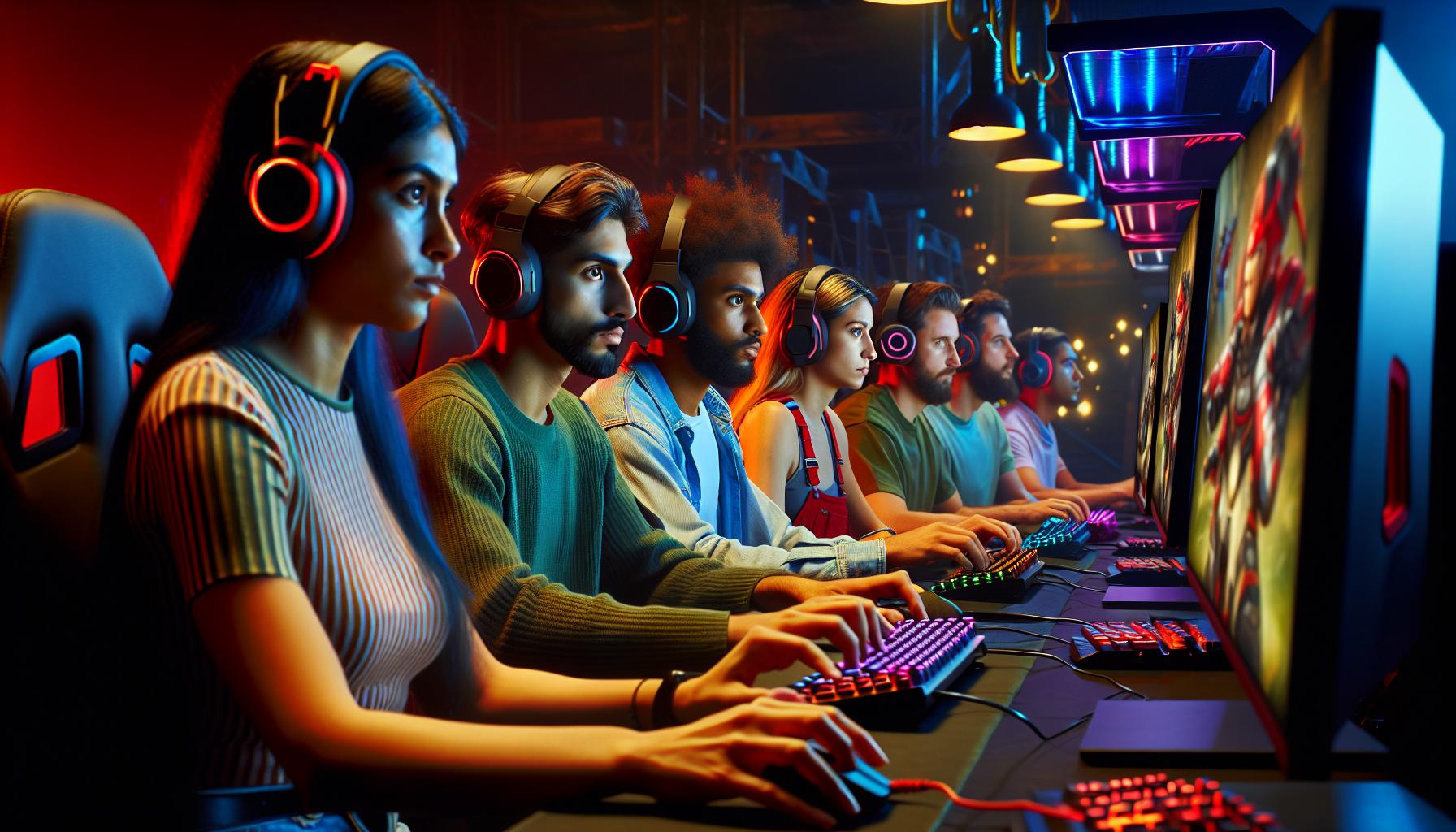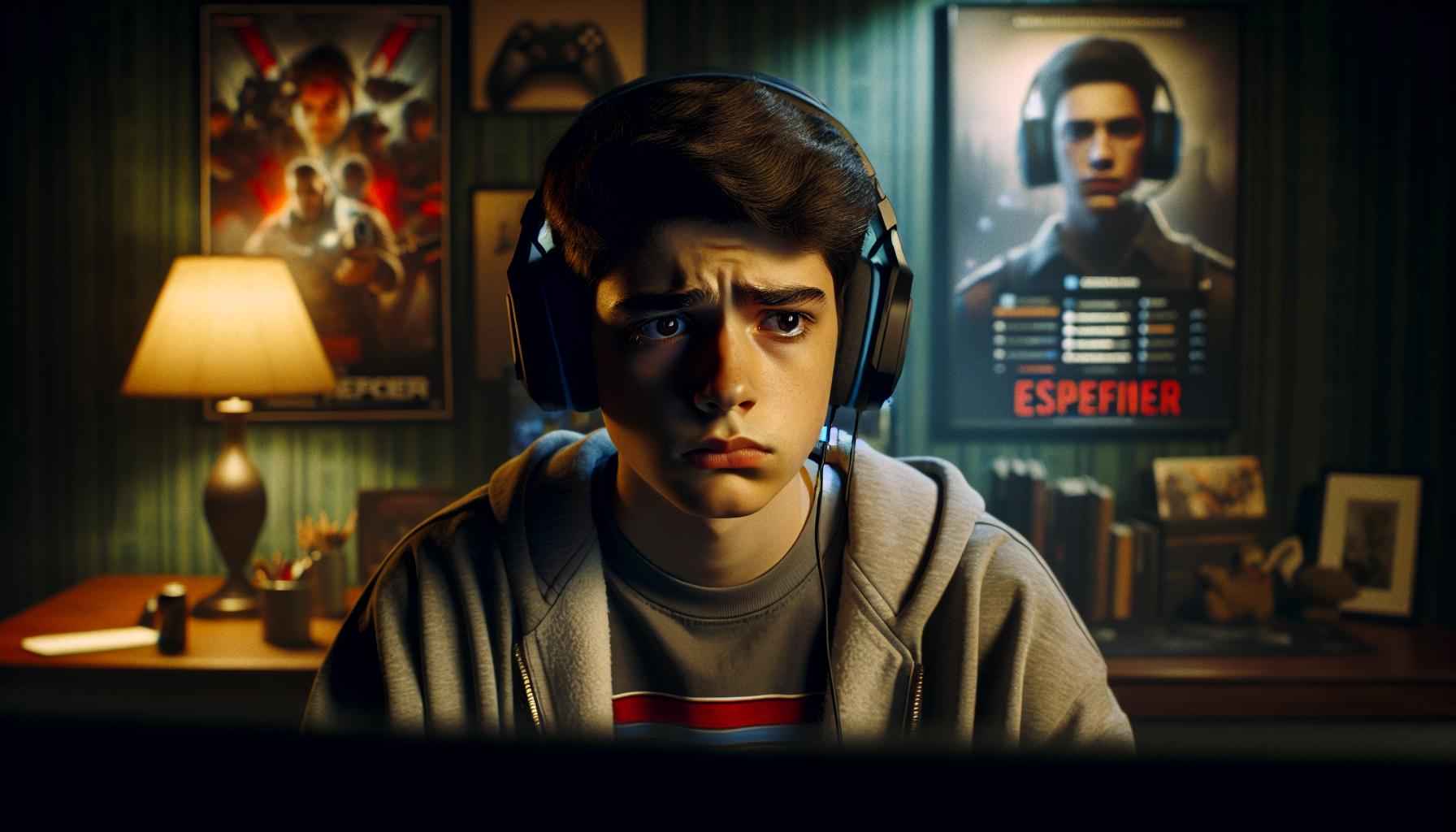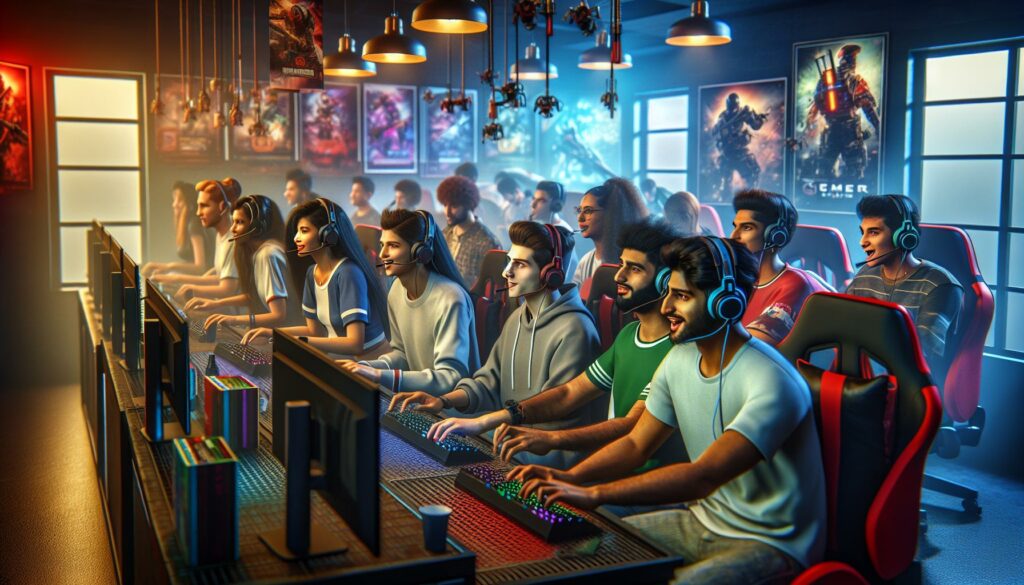Gaming has evolved from a niche hobby into a global phenomenon but its dark underbelly continues to cast a shadow over the industry. From hostile voice chats to cyberbullying in online matches the gaming community often feels like a battlefield of toxicity rather than an inclusive space for entertainment.
Recent studies show that 7 out of 10 gamers have experienced some form of harassment while playing online with the numbers rising each year. The issue isn’t limited to casual trash talk anymore – it’s morphed into a complex web of discrimination hate speech and systematic harassment that’s driving many players away from their favorite games.
This toxic environment affects everyone from casual mobile gamers to professional esports athletes making it crucial to understand why gaming culture has become so hostile and what can be done to create a more welcoming digital playground for all.
Gaming Culture is Toxic
Toxic gaming culture manifests through persistent patterns of hostile behavior in online gaming environments. Players engage in negative interactions that extend beyond typical competitive banter, creating an environment that undermines the gaming experience.
Common Types of Harassment
Online gaming harassment includes targeted verbal abuse, discriminatory language based on gender identity race or sexuality. Players face deliberate team sabotage, intentional friendly fire to disrupt gameplay, or coordinated vote-kicking from matches. Cyberstalking emerges through unwanted friend requests persistent private messages or following players across multiple gaming platforms. “Swatting” represents an extreme form where harassers make false emergency calls to authorities targeting a player’s physical address. Competitive games see frequent rage quitting where players abandon matches after losses impacting team performance.
The Impact of Anonymity Online
Online anonymity amplifies toxic behavior through the psychological distance between players. Gamertags usernames eliminate real-world accountability enabling harassers to avoid consequences for their actions. The perceived lack of human connection behind screen names reduces empathy toward other players. Communication limited to text voice chat removes vital social cues that typically moderate in-person interactions. Players feel emboldened to express prejudices they wouldn’t voice in face-to-face settings. The ease of creating new accounts after bans perpetuates cycles of toxic behavior as banned users simply return under different identities.
Root Causes of Gaming Toxicity

The toxic behavior prevalent in gaming communities stems from multiple interconnected factors that create a breeding ground for hostility. Understanding these root causes reveals why toxicity persists despite efforts to combat it.
Competitive Pressure and Frustration
Intense competition in gaming environments generates psychological pressure that triggers aggressive responses. Players experience heightened stress levels during ranked matches where their performance directly affects their standing in competitive leaderboards. This pressure manifests in several ways:
- Lost matches reduce player rankings resulting in status anxiety
- Time investments of 3-4 hours per gaming session amplify emotional reactions
- Performance metrics like kill/death ratios become tied to self-worth
- Team dynamics create blame-shifting when objectives aren’t met
- Matchmaking systems pair players of varying skill levels increasing frustration
- Anonymous usernames mask real identities protecting harassers
- Platform moderation catches only 30% of reported violations
- Banned players create new accounts within minutes
- Digital interactions remove social cues that typically regulate behavior
- Geographic distance eliminates physical confrontation risks
- Communication occurs through text chat reducing emotional connection
- Report systems process high volumes resulting in delayed responses
Effects on Mental Health and Wellbeing

Toxic gaming environments create lasting psychological impacts that extend beyond gaming sessions. Research indicates 65% of players experience mental health effects from negative online interactions in gaming spaces.
Social Anxiety and Depression
Online gaming toxicity correlates with increased rates of social anxiety among players. Studies show that 41% of gamers who experience regular harassment develop symptoms of anxiety disorders. Players exposed to constant verbal abuse display higher cortisol levels, leading to stress-related health issues. Regular encounters with hostile behavior trigger withdrawal from social interactions, both online and offline. The American Psychological Association reports that victims of gaming harassment are 3x more likely to develop depressive symptoms compared to non-harassed players.
Impact on Young Gamers
Young players face heightened vulnerability to gaming toxicity’s psychological effects. Research from the Cyberbullying Research Center reveals 73% of teenage gamers encounter harassment before age 16. Exposure to toxic behavior during formative years impacts self-esteem development, academic performance and social relationships. Young players internalize negative interactions, leading to decreased confidence in their gaming abilities and social skills. Studies indicate adolescent gamers who experience persistent harassment show a 45% higher risk of developing anxiety disorders compared to their non-gaming peers. The psychological impact intensifies when young players lack support systems or tools to process toxic encounters.
Creating Safer Gaming Spaces

Creating safer gaming spaces requires coordinated efforts from both gaming companies and player communities. Effective solutions combine technological innovations with community-driven initiatives to combat toxic behavior.
The Role of Game Developers
Game developers implement automated moderation systems that detect harmful language patterns to filter toxic content in real-time. Leading platforms employ machine learning algorithms to identify harassment with 85% accuracy. Companies like Riot Games utilize player behavior analytics to issue targeted sanctions, resulting in a 40% reduction in reported incidents. Advanced reporting mechanisms enable players to submit detailed evidence of misconduct, while reputation systems reward positive behavior through exclusive rewards or increased matchmaking priority.
Community-Led Solutions
Gaming communities establish self-moderated spaces through Discord servers with strict behavioral guidelines enforced by volunteer moderators. Player-run tournaments incorporate zero-tolerance policies for harassment, resulting in 70% fewer reported incidents compared to standard competitive environments. Mentorship programs pair experienced players with newcomers to foster positive gaming experiences, with 80% of participants reporting improved communication skills. Gaming groups create inclusive spaces by implementing community voting systems for member conduct, leading to a 55% increase in active participation from underrepresented demographics.
Breaking the Cycle of Toxicity
Strategic interventions target toxic behavior patterns in gaming communities through systematic approaches focused on prevention education awareness programs combined with positive reinforcement initiatives. These evidence-based methods demonstrate measurable success in reducing harmful interactions.
Education and Awareness
Gaming platforms implement comprehensive educational programs that reduce toxic incidents by 35% through targeted awareness campaigns. Players receive interactive training modules covering conflict resolution digital citizenship fair play principles at key engagement points. Major gaming companies partner with mental health organizations to create resource hubs explaining the psychological impact of toxic behavior backed by research data. Community moderators complete mandatory training programs achieving 90% effectiveness rates in identifying preventing escalating conflicts. Streaming platforms integrate anti-harassment guidelines into their terms of service resulting in a 50% decrease in reported violations.
Promoting Positive Behavior
Gaming communities establish reward systems recognizing players who demonstrate exemplary sportsmanship resulting in a 45% increase in positive interactions. Developers implement endorsement mechanics allowing players to highlight teammates who display helpful encouraging attitudes. Recognition programs spotlight community members who create inclusive environments earning special in-game badges cosmetic rewards exclusive content. Popular gaming platforms feature weekly highlights of positive player interactions reaching 5 million viewers. Mentorship initiatives pair experienced players with newcomers reducing negative experiences by 60% in the first month of implementation.
Online Harassment and Toxicity
Gaming’s toxic culture represents a significant challenge that requires ongoing attention and collective action from all stakeholders. While the gaming industry has made strides in addressing harassment through technological solutions and community initiatives the journey toward a healthier gaming environment continues.
The path forward lies in combining robust moderation systems educational programs and community-driven initiatives. Creating safe inclusive spaces isn’t just about eliminating toxic behavior – it’s about fostering an environment where all players can enjoy their gaming experience without fear of harassment or discrimination.
The future of gaming depends on successfully transforming its culture from one of toxicity to one of mutual respect and support. By working together players developers and communities can build a gaming landscape that welcomes and celebrates everyone.



